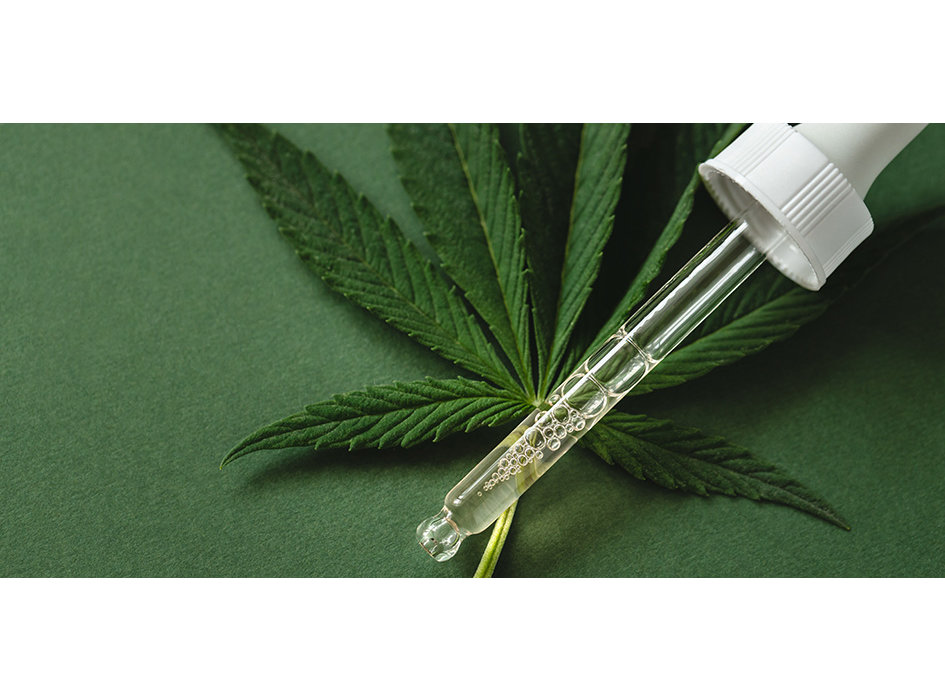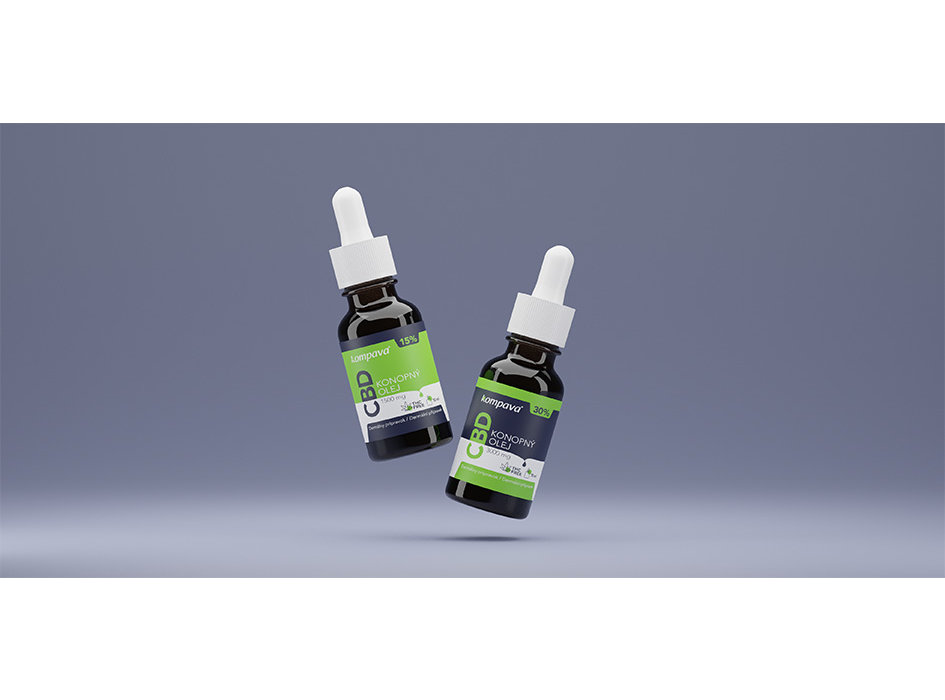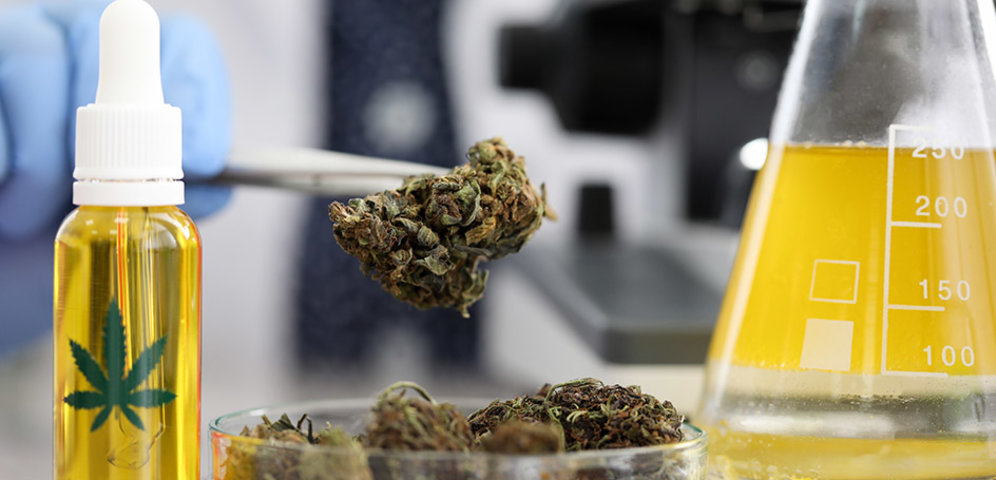Obsah
Most CBD-containing products come from hemp, with the most commonly used type of cannabis being low in tetrahydrocannabinol (THC) and high levels of CBD. By comparison, any plant with more than 0.3% THC is considered marijuana, which is considered illegal in most countries.
Plant processing is considered to be the beginning of the CBD oil production process. The next steps are carried out from the dried ground hemp raw material.
One of the most modern production methods is supercritical extraction with carbon dioxide, which obtains the optimal concentration of cannabinoids and terpenes in the crude hemp extract.

Depending on the other procedures following the first extraction, it is possible to prepare different types of extracts - full spectrum, broad spectrum or the purest CBD isolate. However, each of them differs by the initial choice of the initial extraction method.
In order to obtain the most efficient and highest quality extract, several basic extraction methods are used.
Solvent extraction
The chopped parts of the flowers of the plants are placed in a solvent, which is most often ethanol or hydrocarbons such as butane or propane. In this way, the desired substances are released into the solvent.
Use of hydrocarbons
The resulting mixture contains not only the desired cannabinoids, but also various rare substances derived from the plant, e.g. terpenes.
Purification occurs during the refining process, when most of the undesirable substances and solvents are removed. The complete removal of the solvent components occurs in the last stage of purification.
Use of ethanol
In this type of extraction, the resulting solution is distilled to remove ethanol from the resulting solution.
Extraction by means of CO2
In this method, carbon dioxide is used to obtain cannabinoids and remove undesirable substances. This is a really precise method that requires expensive equipment. It ensures the highest purity of the final product, as it leaves no residues of solvent or other contaminants. This extraction uses a closed extractor with three chambers. The first contains carbon dioxide, the second contains plant material and the third contains the final, target product.
With this method, three parts of the process are implemented:
1. Conversion of gas to liquid
This conversion occurs due to an increase in pressure and a decrease in temperature.
2. Release of pressure and temperature
The release of pressure and temperature occurs until a kind of "intermediate stage" between the liquid and gaseous state is reached - supercritical.
3. Final phase of CBD extraction
Supercritical carbon dioxide passes through the material of the cannabis plant and cannabinoids are extracted. After the carbon dioxide has taken up the cannabinoids and is subsequently pushed further, into the last, third chamber, where it evaporates and the result is cannabinoids that remain at the bottom.
Carbon dioxide can be reused, so it can be said that this extraction method is also environmentally friendly.
The CBD produced in this way can then be further processed:
- Mix with different types of oils that serve as a carrier oil, e.g. MCT oil;
- cleave into nanoparticles and add to capsules;
- add to various solutions or drinks ...

It is also important to understand the difference between the three types of CBD mentioned above so that you can choose the one that suits your individual preferences.
Full-spectrum CBD
The full-spectrum is a hemp extract from the whole plant, which contains all the main active ingredients. Although CBD is still a major component, this extract also carries low concentrations of THC and other cannabinoids such as CBG, CBN and CBC, as well as terpenes, flavonoids, fatty acids, vitamins, minerals and other phytochemicals.
Whole-spectrum CBD may also contain chlorophyll and other inactive plant material, the presence of which depends on the manufacturing process used.
A number of studies have shown that broad-spectrum CBD has increased efficacy due to the so-called synergistic effect, ie the interrelationship between cannabinoids, terpenes and other constituents of cannabis.
Imagine an orchestra, when playing the piano, violin and other components of the orchestra, the resulting sound is more pleasant than the sound of any instrument itself. The same may be true for full spectrum CBD, which may be more effective due to the interplay of all components and their individual effects.
Full-spectrum CBD is easily recognizable to the naked eye and is usually dark or gold in color.
Broad-spectrum CBD
It is similar to the previous type, but includes one more step during preparation to remove THC. Some trace amounts of THC may remain, but are usually below the level that is detectable in the test.

This type of extract is ideal for those who want to strictly avoid THC, e.g. due to the implementation of drug detection testing by employees or show high sensitivity to THC.
CBD isolate
As the name suggests, it is a pure CBD, usually light in color. It is produced by isolating CBD from all other compounds obtained from hemp during the extraction process, leaving behind a white, tasteless and odorless crystalline powder, which usually contains more than 99% of the concentration of CBD alone.
They may sometimes contain very small (less than 1%) amounts of other cannabinoids, especially CBDV due to their similar molecular structure.
Comparison of CBD isolate and Full spectrum extract
The full spectrum extract contains more cannabinoids along with other substances that occur naturally in cannabis. This type of CBD therefore has a greater and wider potential for human health, in particular due to synergistic effects with other cannabinoids. The CBD isolate, on the other hand, makes it possible to obtain a higher concentration of cannabidiol alone (CBD).
The taste of the broad-spectrum extract can be unpleasant for some users, which is why many of them reach for a CBD isolate that is tasteless, odorless and can also be used for home cooking or the production of home ointments or massage oils in which they are easily dissolved.
The cost of the products is higher in the case of CBD isolate, which is mainly due to the fact that they require more complicated processing and more plant material in order to obtain a high concentration of isolated cannabidiol.
The decision and choice of which form of CBD to choose to use is therefore up to you.
__________________________________________________________________________________________________
RESOURCES
https://www.sciencedirect.com/science/article/pii/S2212982018310539
https://www.sciencedirect.com/science/article/abs/pii/S0896844620301017
https://www.sciencedirect.com/science/article/abs/pii/S0896844620301017#fig0060

